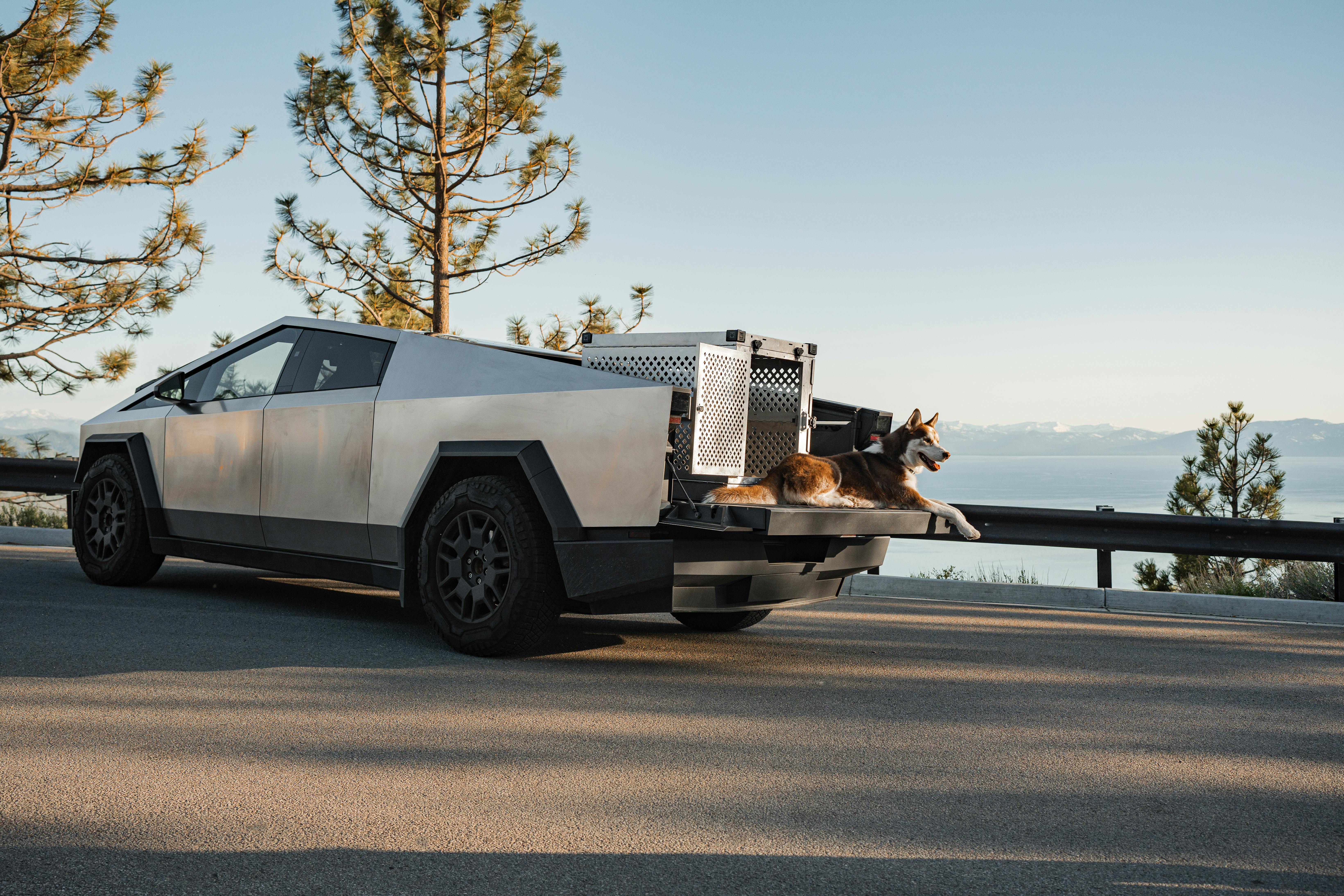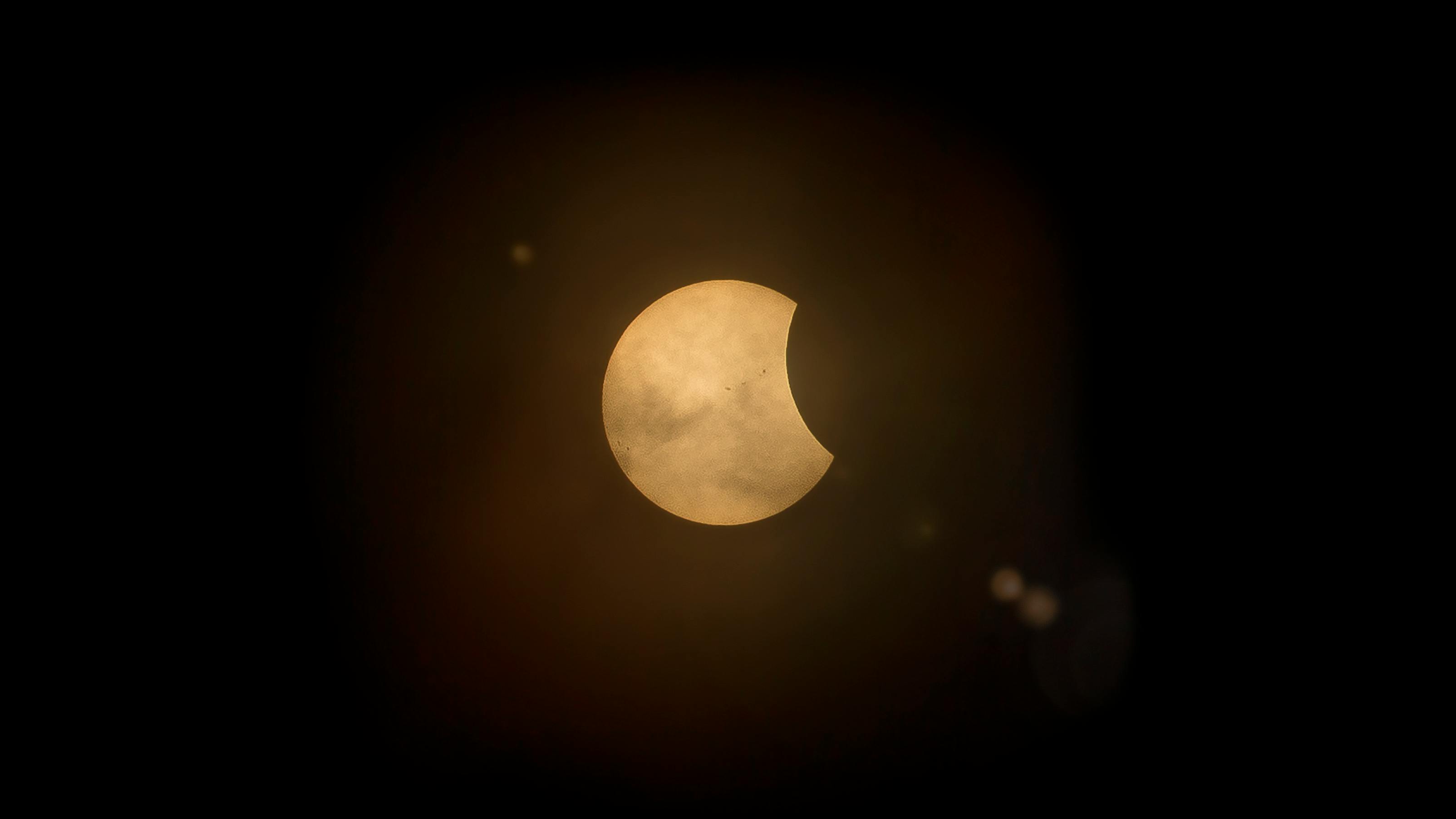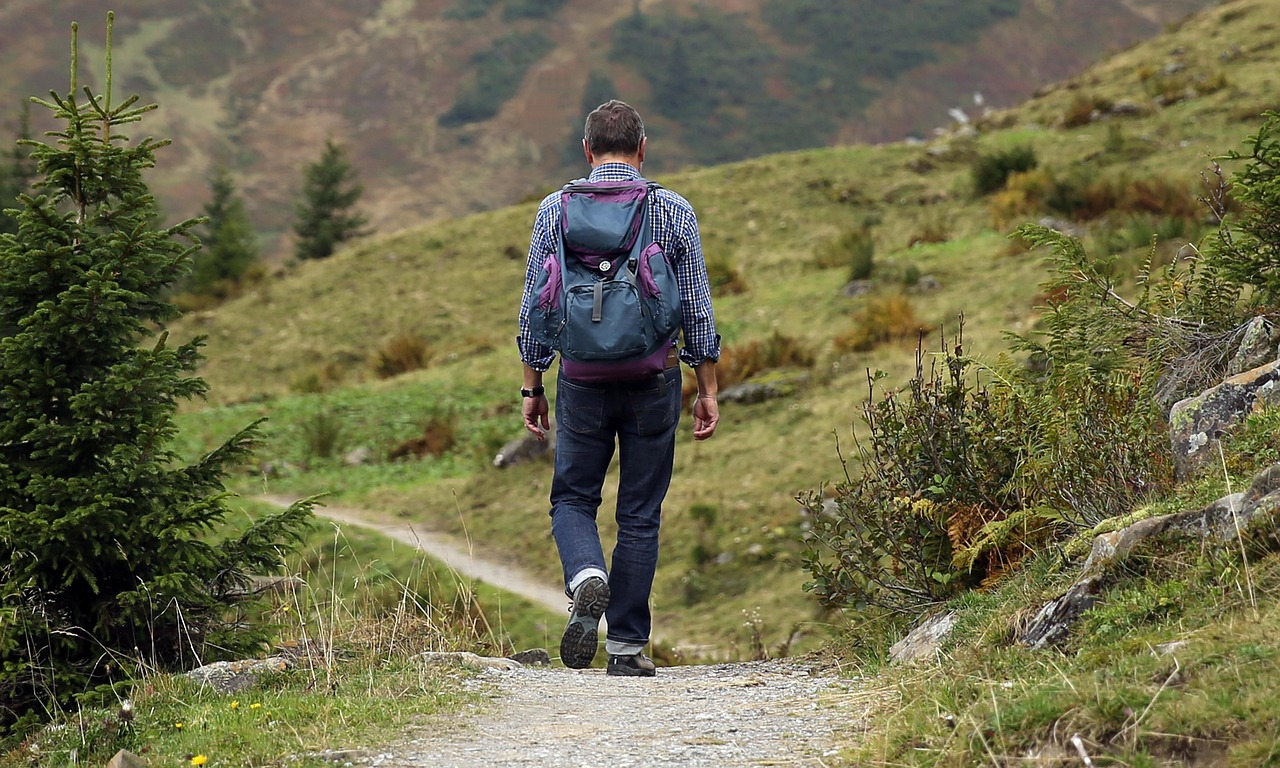The whole concept of traveling through space has filled me with wonderment, and if you have ever even slightly thought about the thought of living beyond this planet, you are not alone. But right now, there are two NASA astronauts who are living this actuality in an entirely unthinkable manner. Sunita Williams and Barry "Butch" Wilmore were launched on Boeing's Starliner in June 2024, and their stay at the international space station (ISS) was scheduled to last for just eight days. But it's now 2025, and they're still up there. So, what had them stranded in space, and what is life like for them aboard the ISS? Let's break it down.
How Did the Astronauts Get Stuck in Space?
Williams and Wilmore arrived at the ISS on what was supposed to be a short-duration mission. But soon after docking, their return vehicle, the Starliner, ran into serious technical issues—helium leaks and thruster failures. That meant it was unsafe for them to return home as planned. NASA has now decided that they will come back no earlier than March 2025, and instead of Starliner, they might use a SpaceX Dragon capsule.
Astronaut Stuck in Space: The Reality of Extended Missions
Living in the shoes of an astronaut does not merely imply that the person floats in zero gravity and takes wonderful pictures of the Earth. The reality is, however, far more intense at times, especially when missions are suddenly extended. Imagine being in a confined cubicle for months and months at a time, pure vanity at the living conditions, alone away from friends, family life, and everything familiar. Those astronauts have prepared for this, but it does not make it easy.
- Daily Routine: Structure Keeps Them Going
A normal day on the ISS goes like this; wake up, check in at mission control, and start working immediately. Research experiments, maintenance tasks, workout schedules, and mealtimes are all standardized. Since isolation becomes very difficult for an astronaut at times, keeping quite busy helps keep his spirits high.
- Physical Health: Fighting the Effects of Zero Gravity
Life in microgravity isn’t all fun and games. Without gravity, muscles weaken, bones lose density, and even bodily fluids shift in weird ways. Astronauts stuck in space have to work out for at least two hours a day using resistance bands and treadmills to maintain their strength. If they didn’t, their bodies would struggle to readjust once they returned to Earth.
Why Are the Astronauts Stuck in Space Until 2025?
You might wonder why NASA can't send another spacecraft and bring them home. It’s not that simple. Space missions require careful planning, and ensuring safety is the top priority. With Starliner proving unreliable, NASA has been assessing the safest possible way to bring them back—likely using a SpaceX Dragon capsule.
Astronauts Stuck in Space Until 2026? Could It Happen?
While NASA is confident they’ll return in 2025, delays in space missions aren’t uncommon. If technical issues persist or schedules shift, it wouldn’t be surprising if their return gets pushed even further. But Williams and Wilmore seem to be handling the situation with professionalism and patience, as any astronaut would.
The Psychological Toll of Being Stuck in Space
Mental well-being is just as important as physical health. Being away from Earth for extended periods can lead to feelings of isolation, stress, and even depression. That’s why astronauts have access to mental health support, personal messages from loved ones, and even entertainment options like movies and books. They also form strong bonds with their fellow crew members, which helps keep morale high.
The International Space Station: A Marvel and a Challenge
The ISS itself is an engineering marvel, orbiting Earth at 17,500 mph. But it’s not without risks. The confined space, reliance on life support systems, and potential for emergencies like fires or toxic gas leaks make it a challenging environment. That’s why astronauts undergo rigorous training to prepare for any possible scenario.
The Strength of Astronauts in the Face of Uncertainty
Astronauts in space face a unique set of technical, physical, and psychological challenges. Yet, Sunita Williams and Butch Wilmore continue to carry out their mission, proving the resilience and adaptability required for space travel.
Their story is a reminder that space exploration isn’t just about adventure; it’s about overcoming adversity, problem-solving in real-time, and pushing the limits of human endurance. Hopefully, they’ll return safely soon, but until then, they continue to inspire us all from miles above Earth.










